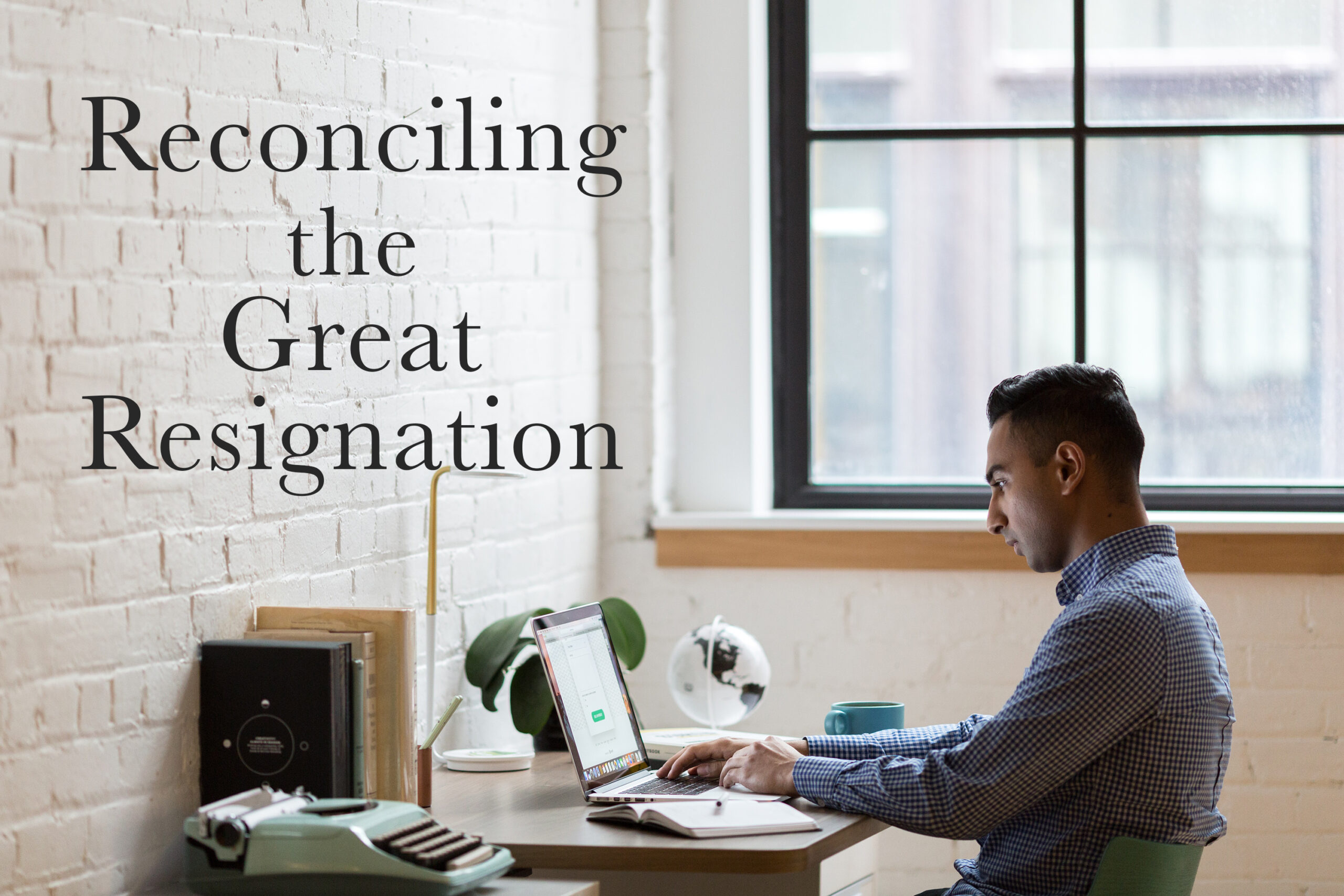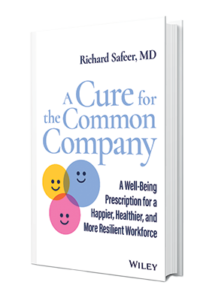In all the discussion about the lingering effects of COVID-19, one sidelined issue has been the toll it has taken on the wellbeing of employees. In a Harvard Business Review survey, 85 percent of the respondents stated that their general wellbeing had declined since the beginning of the pandemic while 89 percent revealed that their workplace wellbeing had declined.
It would be an attribution error to conclude that the pandemic is the sole cause for this alarming decline in the mental health and wellbeing of the workforce. COVID-19 has only compounded the impacts of systemic negligence and larger socioeconomic factors.
Even before the pandemic fundamentally disrupted our personal, professional, and social lives, few organizations had a workforce that was fully engaged. Most had a functional relationship with their employees, focused on productivity with lip service to well-being. This resulted in a lack of a vision centered around the well-being of the workforce.
Ironically, companies have always known the value of customer satisfaction as it could lead to demonstrable impacts on the bottom line. But few firms had institutionalized policies and frameworks to improve employee satisfaction (an indicator of wellbeing). For most employers, it was always about engagement because that would increase productivity and customer satisfaction.
Secondly, whatever disjointed and halfhearted steps organizations took were always focused on the individual and not the communal aspects of wellbeing. This simplistic assumption ignores the reality that our behaviors, outlook and attitudes are shaped by the people we work with, our physical workplace and the policies, benefits and resources within our reach.
Such a granular focus on individual wellbeing is usually born out of the misconception that wellbeing is solely an individual’s responsibility. It’s paramount that the organization understands its role in the wellbeing of its workforce. All business decisions impact the wellbeing of the workforce.
We are in a vortex of change and the confluence of the Great Resignation, rising healthcare costs, an aging workforce, and an acute mental health crisis should be compelling reasons for employers to reset their paths and reorient their systems. Employees have spoken and without a job that provides more than a paycheck and considers their wellbeing a priority, they will keep looking. The Great Resignation is already here and one of the reasons for it is that workers are now demanding a more fulfilling life. The current system risks their mental health and wellbeing.
For employers across sectors, this is a moment of reckoning. This is an opportunity to examine the culture of health and wellbeing your business is providing your workforce. There needs to be collective and concerted action on health and wellbeing beyond diagnosis and treatment.
This shift from a curative to a supportive model will reduce the expected US spending on healthcare and according to Deloitte, can create a national well-being dividend of US $3.5 trillion.
Creating a culture of health and wellbeing doesn’t require substantial investments. It does need to be addressed intentionally though and you do need to be patient to allow it to take root. For that, organizations will need to reflect and act on six fundamental questions:
- Are your leaders trained to lead with an institutionalized focus on wellbeing?
- Do your company’s shared values include the health and wellbeing of your employees?
- Do employees feel like they’re part of a family with a positive social climate and communal well-being? Is it a place they would want their children to work?
- Are the norms in your workplace reflexively supportive of and encourage collective healthy behaviors?
- Have you created an environment where co-workers support each other, or have you created a toxic atmosphere of needless and perpetual competition?
- Do all your touchpoints, the direct and indirect messages, align with health and wellbeing, or do your principles say one thing and actions demand something else?
Cultures of health are not based on programs and benefits. They are the shared behaviors, beliefs, and attitudes that an organization organically creates and diligently supports. You’ll know your wellbeing culture is improving when your workforce turnover slows down.


